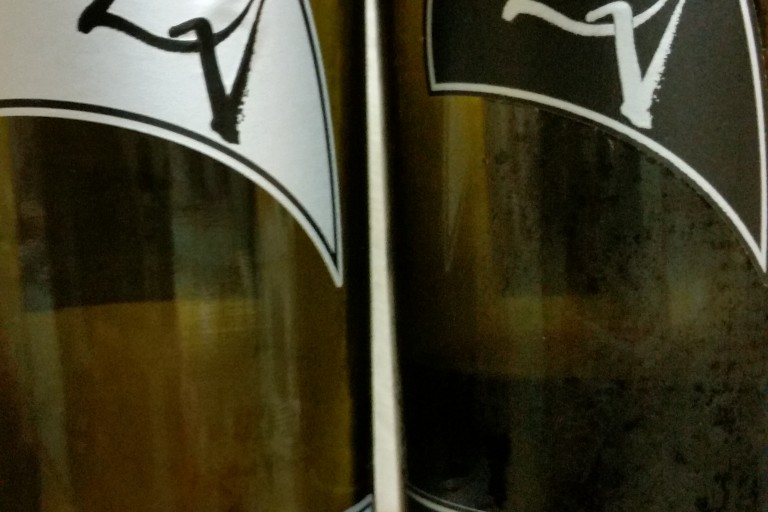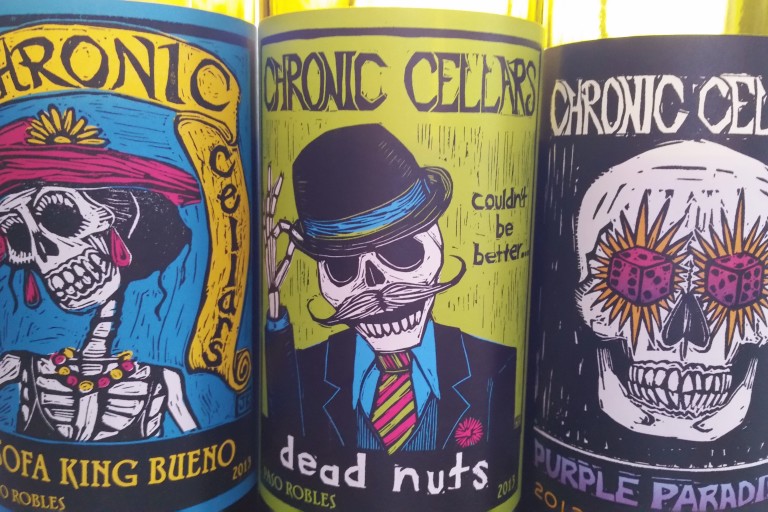 I can understand their calling it Don Quixote wine land because most people have heard of Don Quixote. But would I think to look up Castilla-La Mancha’s wine under this name? Not at first.
I can understand their calling it Don Quixote wine land because most people have heard of Don Quixote. But would I think to look up Castilla-La Mancha’s wine under this name? Not at first.
Speaking of firsts, I had a first real look at the Castilla-La Mancha wines the other day at a seminar in Boston. This is a region that has specialized in bulk wine that is used to color and flavor wines in other areas of Spain — and in France, though who would admit it there?
In contrast to this image, the first top-denomination wines in Spain were also created here: two of the first three Pagos denominations were awarded to single estates in Castilla-La Mancha. And 8 of the 13 Pagos in Spain are here now.
Now grape-growers have begun the journey to make their own bottles of wine quaffable around the world — under their own names. In addition to the association of this region with Pagos-level wineries, the winemakers have climate in their favor. A continental climate with frigid winters and burning summers? But it’s dry, so the day-night temperature fluctuations in the grape-growing season can be massive — which gives the wine great potential.
One of my current favorite grapes is grown here, tempranillo (not such a surprise) and it’s made into wine on its own as well as in blends. Winemakers are also trying out other types of grapes from all over the world, like Syrah and Sauvignon Blanc.
Surprisingly, the Petit Verdot wines are great — even 100% PV.
(Also much of the Airen for Brandy de Jerez is grown here, and some of it is even distilled in this region — but that’s another story…)
The other day, the wines that stood out for me were the white Atolandon and the Senorio de Fuenealamo Macabeo, and the red 2011 Vilavid Tempranillo, Atolandon, Vina Cerron’s Rabia and El Sentido de la Vida, as well as Bodegas Montalvo Wilmot’s Coleccion Privada and Syrah.


